How Designers Put Natural Materials to Work in the Office
Innovative solutions are sprouting up. Here’s why experts say they’ll be the new norm.
Office buildings are getting greener.
Faced with an increasing number of rules and regulations surrounding carbon emissions, companies with revised sustainability goals, and a pandemic-changed world, the march toward greener pastures continues.
But it’s not just about buildings using less energy overall. The materials used in office interiors—from carpet to wall insulation—are getting more sustainable and less traditional. New developments across the country are featuring an array of cutting-edge solutions, such as insulation made from mushrooms, carpets made from recycled water bottles and living walls made from lichen and moss.
READ ALSO: Architects Share Visions of the Workspace’s Future
“It’s something that’s being driven from a lot of directions,” said Scott Star, global leader of product development at Gensler.
Workplaces are not only being designed using more natural materials, but the design is being inspired by elements of nature, too. From furniture that evokes the local ecosystem to bringing plants and trees inside the office—it’s all part of the biophilic design concept that has gained ground in recent years.
“I think there will be an evolution not to places that literally look natural, but that feel and are experienced naturally,” said Corey Martin, principal at Hacker Architects, a Portland, Ore.-based firm.
Materials gaining traction
The market for non-traditional materials is exploding. New inventions and companies are sprouting up all over the place, focusing on driving down embodied carbon, according to industry experts, who expect the trend to continue.
Lona Rerick is an associate principal at ZGF Architects, another Portland-based firm. She joined the company seven years ago to concentrate on sustainable materials, something she “kept gravitating” toward throughout her career. Rerick is on the forefront of the latest trends and innovations. She’s seeing a big push lately toward healthier, low-embodied carbon materials, something that dovetails with what companies and employers are focusing on more.
One of her firm’s most sustainable office developments is the PAE Living Building in Portland. The 58,000-square-foot development was constructed with cutting-edge sustainable materials, designed to meet Living Building Challenge certification. Completed last year, the office property embodies cross-laminated timber and 2,737 items that are Red List-free.
READ ALSO: Top 10 States for LEED-Certified Office Properties
For those looking for more sustainable materials in their workplace design, the Red List is a good place to start—at least when looking at what to avoid. It refers to a set of chemicals and chemical groups that have been designated as most harmful to humans and other creatures. Groups such as the Environmental Protection Agency and International Living Future Institute have created their own Red Lists.
“You’re basically avoiding any of those chemical ingredients,” said Rerick.
Reclaimed and natural materials drive a growing trend, and they support goals around embodied carbon and using solid wood, which naturally sequesters carbon. “You kind of lock in carbon savings in your building by using natural materials,” she said.
Bamboo, cork, cross-laminated timber and recycled steel are also part of the non-traditional materials trend. They can and have been used for roofs, walls, floors and foundation.
There has been a movement in office carpet design toward having more Red List-free materials. There are now numerous options for office users and owners looking to have more sustainable carpeting, with many offerings now made mostly out of recycled content.
Grown materials are also gaining traction. Though still in early research and implementation phases, Rerick is starting to see these products on the market. Mycelium, a root-like structure of a fungus, is being touted as a solution for buildings looking to go carbon negative. The fungi have been shown to be fire-resistant and adept at storing carbon.
Rerick’s firm has used a tile in their designs called Biolith, that she describes as “literally a grown tile.” The product, described as biocement, is grown with natural microorganisms and is lighter than natural stone. Grown materials like this have been popular in the fashion industry as of late as an alternative to animal leather and traditional manufacturing of fabrics.
Hitting the right notes
All these innovations are important to the industry, but professionals educating themselves on what they are and what they could mean for their work are more important, said Rerick. A growing number of websites and resources for sustainable and alternative materials have popped up recently, which has helped bring more innovation, ideas and awareness to the industry.
“I think the explosion we’re seeing right now is in information about the materials. We certainly see new materials every year,” she said. “The more important thing for sustainable materials is we have so much more info.”
Right now, burgeoning areas of research include using materials salvaged from the aftermath of a forest fire and using 3D printing technology in interior finishes. While the sustainability and wellness benefits are obvious, do these kinds of materials cost more than traditional resources?
In some cases, yes. But the more manufacturers use alternative and sustainable materials, the more prices should drop. “Green products cost more, but we’re starting to see that go away,” said Rerick.
READ ALSO: Greening an Entire City: The Ithaca Model
Star spent more than 20 years working for manufacturers in product design for an array of industries, including office furniture, before joining Gensler. He has seen manufacturers become increasingly more interested in using recycled materials.
“The benefit of doing that is it drives down embodied carbon, which is a very important issue,” Star said.
One product he has seen that hits on all the latest office trends is a partition system made with recycled content. The panels are designed to be easily disassembled and have a variety of configurations, including living walls with green grass, moss, cork boards, whiteboards and solid metal for privacy.
“This is a product really talking about flexibility needed in today’s workspace but has a great environmental story for assembly and materiality,” he said. “This is really a poster child product for everything happening in office right now.”

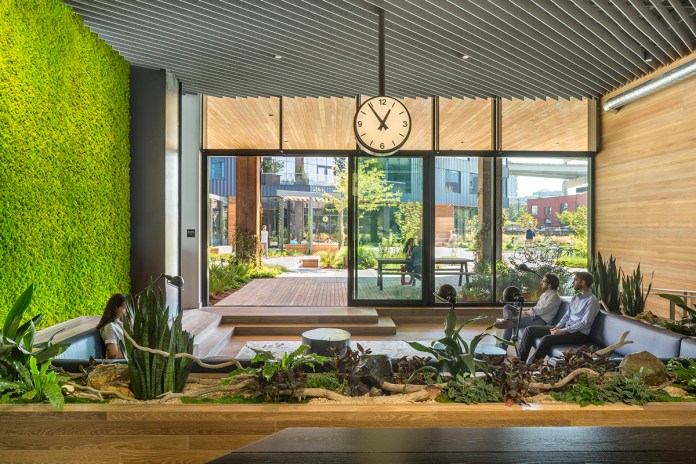

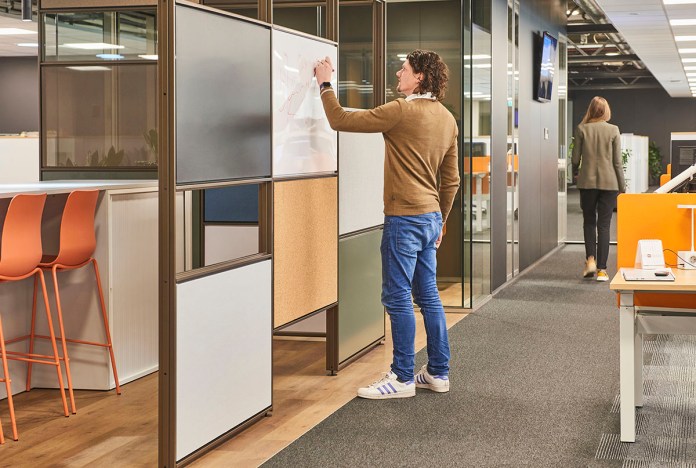
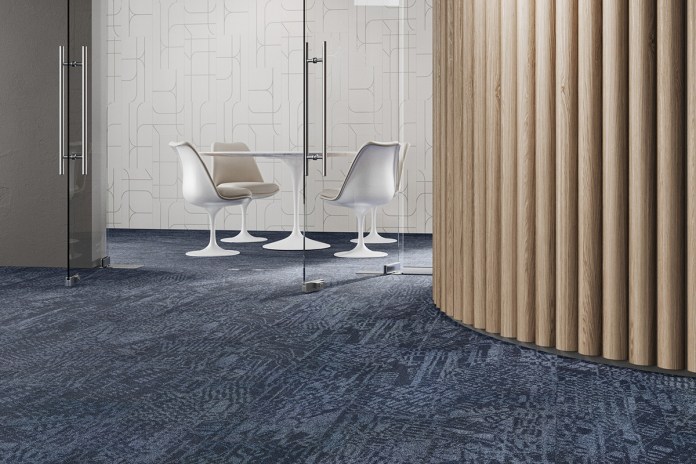
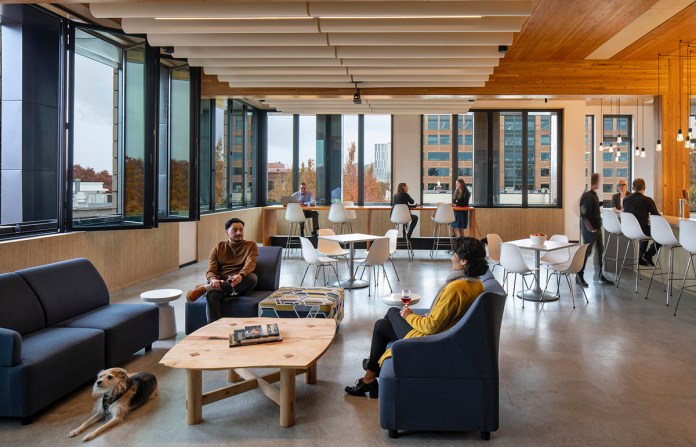



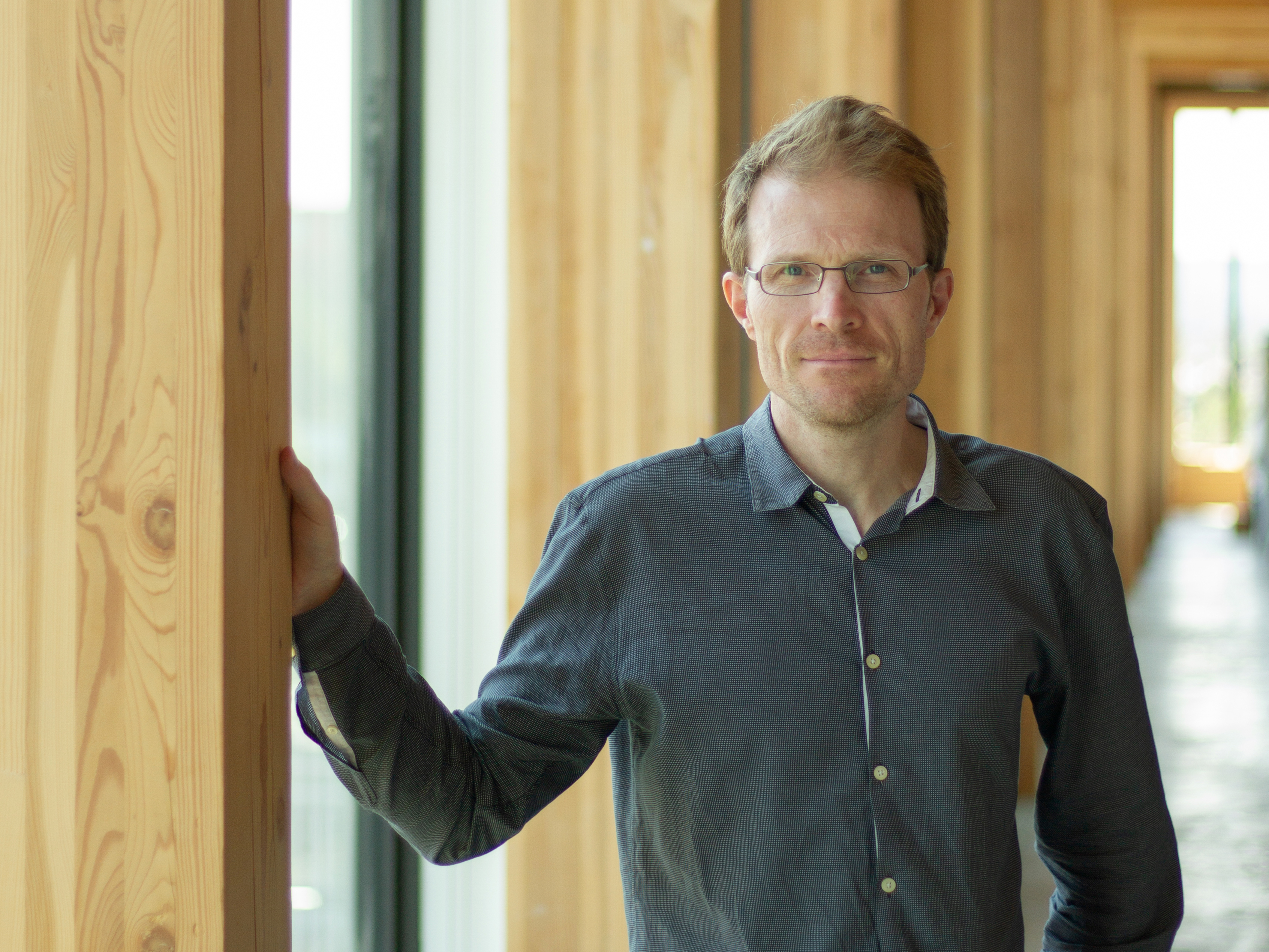
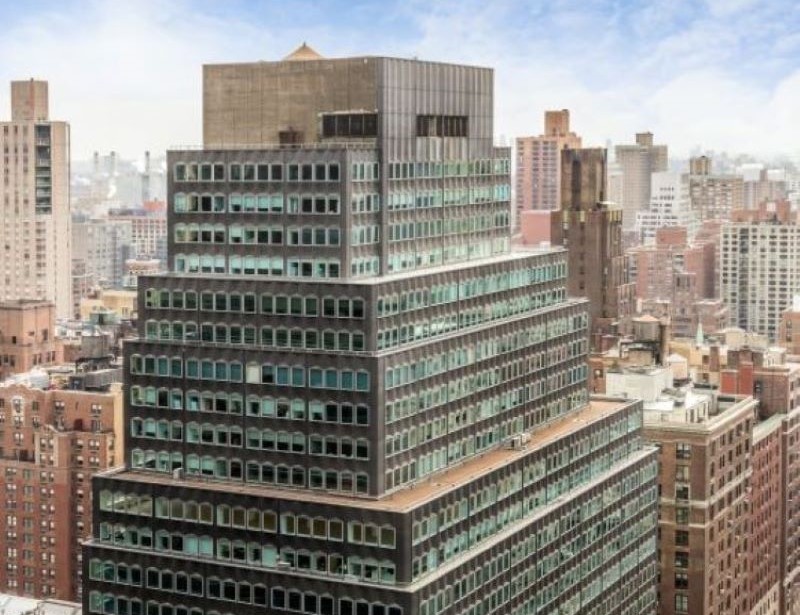






You must be logged in to post a comment.